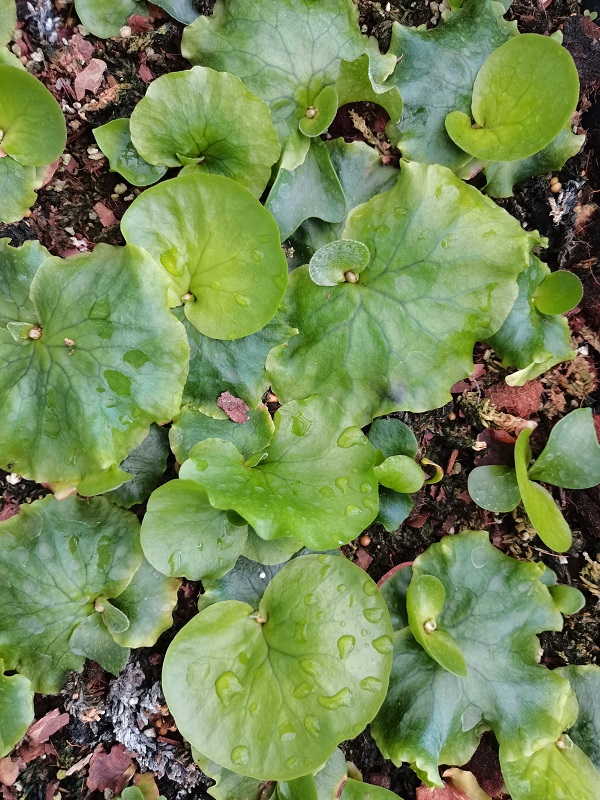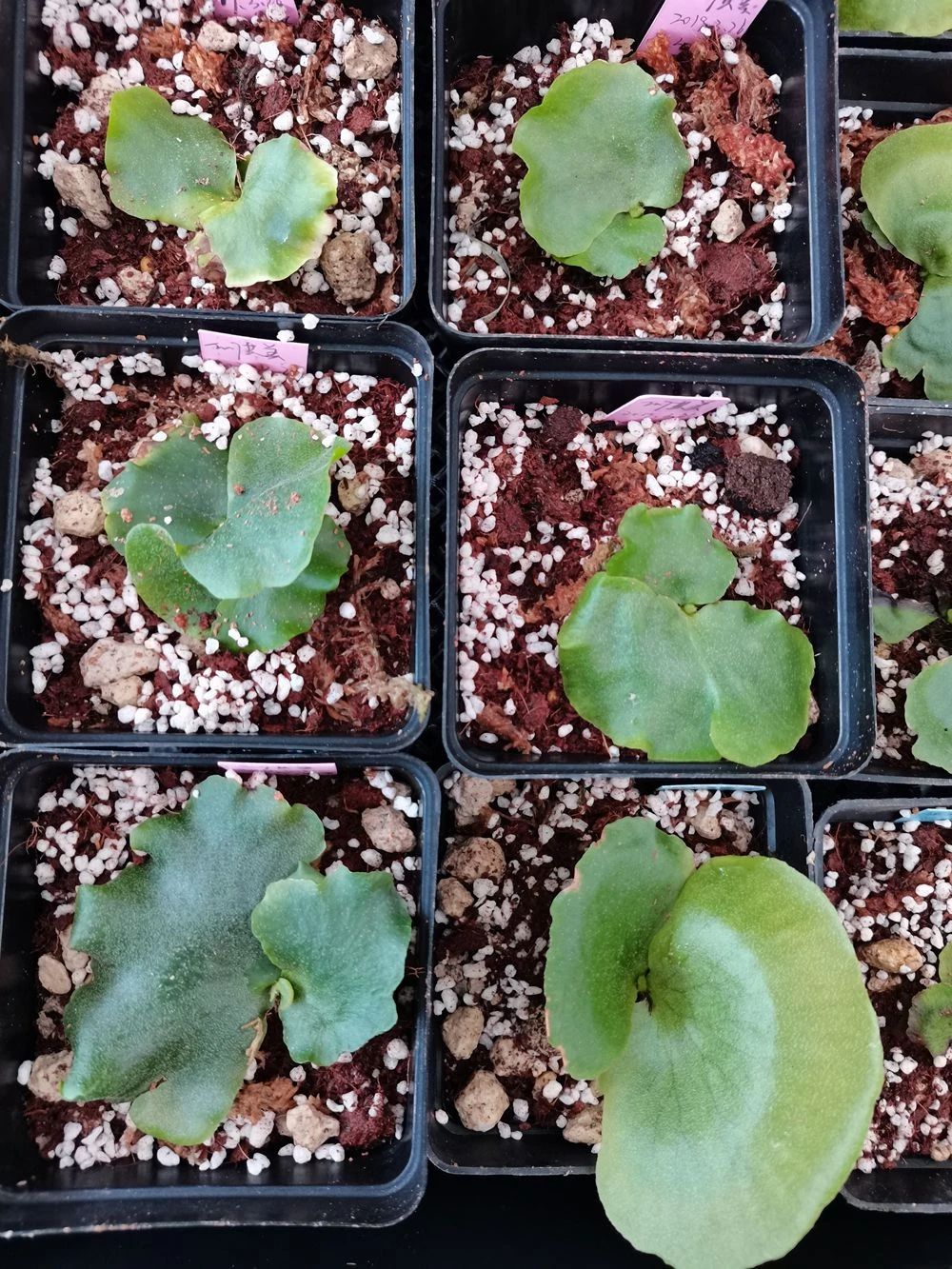Ferns are important elements of the vascular plants by being the second largest group of vascular plants. They played a significant role in the origin and evolution of early terrestrial plants and still contribute major components to extant ecosystems.
Although ferns do not produce flowers and fruits, they are evergreen and elegant, so they are highly preferred as ornamentals in the modern city. They are also an indispensable element for scientific research, natural resources conservation, and landscape in botanical gardens. Unlike seed plants which reproduce from seeds, ferns reproduce sexually by spores, and there are also a variety of vegetative reproduction modes such as gemma and adventitious buds.
Over the past few years, researchers from Gardening and Horticulture Department of Xishuangbanna Tropical Botanical Garden (XTBG) have carried out propagation of a variety of rare, endangered, and protected ferns as well as those with high ornamental value via spore propagation. Researchers gradually explored more successful propagation techniques and processes in many aspects such as technical methods and substrate ratio. It includes the collection and microscopic examination of spores, the preparation and proportion of substrate, the control of room temperature and humidity in seedling, and the management of water and fertilizer in later stages of the life cycle.
Till now, more than 20 species have been successfully reproduced by the researchers from XTBG including protected species, e.g. Adiantum nelumboides (National Protected Plants level I), Brainea insignis (National Protected Plants level II), and Platycerium wallichii (National Protected Plants level II) as well as some ornamental ferns, e.g. Platycerium holttumii, Platycerium coronarium, Asplenium delavayi, Asplenium antiquum, Calciphilopteris ludens, Hemionitis cordata, and Pteris nipponica. Several of the reproduced ferns have been employed in the landscape in the garden. More important, researchers tried to explore various strategy to reproduce rare ferns, including reproduce Angiopteris yunnanensis via its serial buds.
This work will be expanded to reproduce plants with extremely small population, rare and endangered, protected ferns as well as beautiful ferns, to conserve the natural resources and for future utilization in landscape.

Platycerium coronarium (Image by LIU Hongmei)

Platycerium holttumii (Image by LIU Hongmei)


